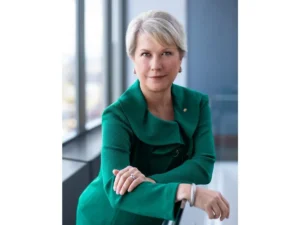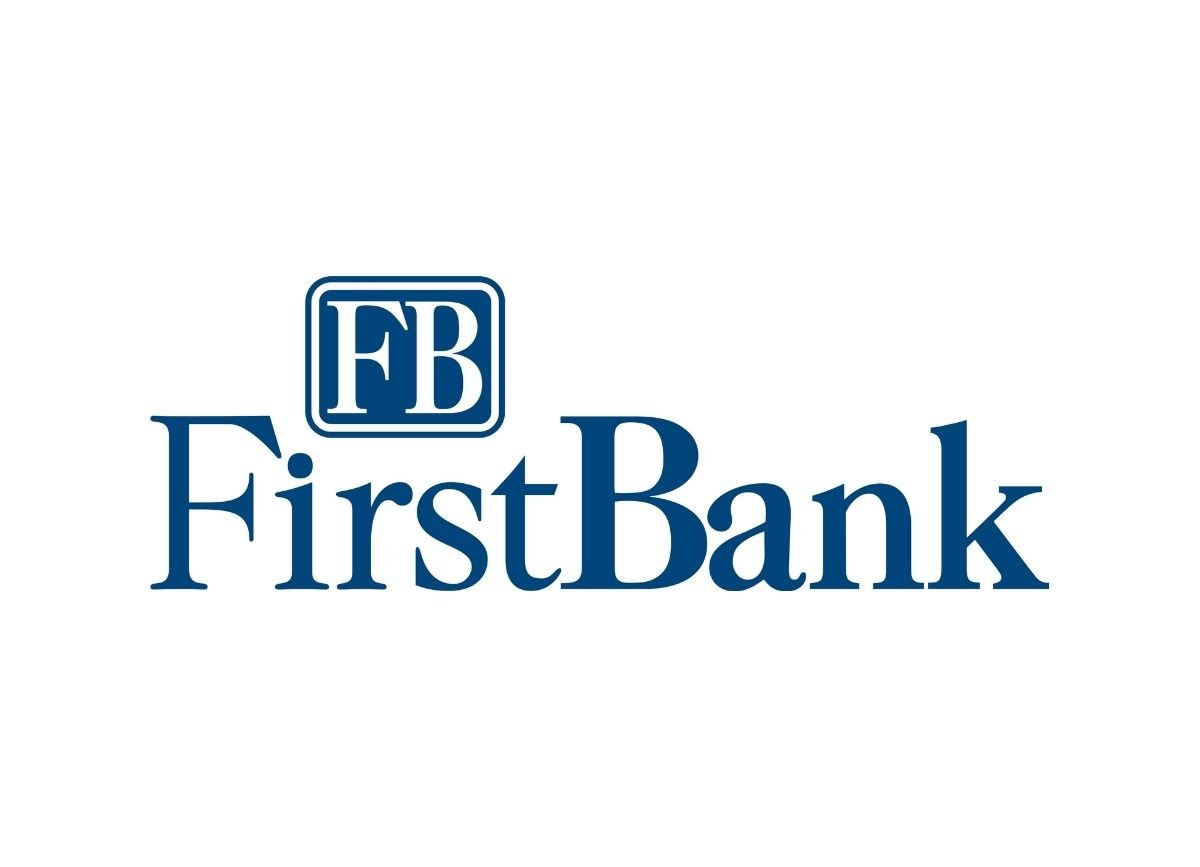Editor’s Note: Sadly, we are seeing a growing effort to censor and even rewrite American history. I would argue that American children do not know any of this. They are not taught because their history teachers do not know this.

Do you know the history of the United States $1 bill?
Do you know who Haym Solomon was?
You may be in for a little surprise!
 Looking at the backside of the One Dollar bill, you will see two circles. Together, they comprise the Great Seal of the United States. The First Continental Congress requested that Benjamin Franklin and a group of men come up with a Seal. It took them four years to accomplish this task and another two years to get it approved.
Looking at the backside of the One Dollar bill, you will see two circles. Together, they comprise the Great Seal of the United States. The First Continental Congress requested that Benjamin Franklin and a group of men come up with a Seal. It took them four years to accomplish this task and another two years to get it approved.
If you look at the left-hand circle, you will see a pyramid. Notice the face is lighted and the western side is dark. This country was just beginning. We had not begun to explore the west or decided what we could do for Western Civilization. The pyramid is uncapped, again signifying that we were not even close to being finished. Inside the capstone you have the all-seeing eye, an ancient symbol for divinity. It was Franklin’s belief that one man couldn’t do it alone, but a group of men, with the help of God, could do anything.
The Latin above the pyramid, ANNUIT COEPTIS, means, ‘God has favored our undertaking.’
The Latin below the pyramid, NOVUS ORDO SECLORUM, means, ‘a new order has begun.’
At the base of the pyramid is the Roman numeral for 1776. (MDCCLXXVI)
If you look at the right-hand circle, and check it carefully, you will learn that it is on every National Cemetery in the United States.

It is also on the Parade of Flags Walkway at the Bushnell, Florida National Cemetery, and is the centerpiece of most heroes’ monuments.
Slightly modified, it is the seal of the President of the United States, and it is always visible whenever he speaks, yet very few people know what these symbols mean.
The Bald Eagle was selected as a symbol for victory for two reasons: First, he is not afraid of a storm; he is strong, and he is smart enough to soar above it. Secondly, he wears no material crown. We had just broken from the King of England.
Also, notice the shield is unsupported. This country can now stand on its own.
At the top of that shield there is a white bar signifying congress, a unifying factor. We were coming together as one nation.
In the Eagle’s beak you will read, ‘ E PLURIBUS UNUM’ meaning, ‘from many-one.’
Above the Eagle, we have the 13 stars, representing the 13 original colonies, and any clouds of misunderstanding rolling away. Again, we were coming together as one.
Notice what the Eagle holds in his talons. He holds an olive branch and arrows. This country wants peace, but we will never be afraid to fight to preserve peace. The Eagle always wants to face the olive branch, but in time of war, his gaze turns toward the arrows.

And finally, notice the arrangement of the 13 stars in the right-hand circle. You will see that they are arranged as the Star of David.
This was ordered by George Washington who, when he asked Haym Solomon, a wealthy Philadelphia Jew and political financial broker, what he would like as a personal reward for his services to the Continental Army. Solomon said he wanted nothing for himself, but he would like something for his people. The Star of David was the result.
Although this story about the Star of David appears to have little basis in fact and is oft-repeated, Solomon’s fundraising and personal lending helped provide over $650,000 (approximately $16,870,212.74 in 2013 dollars [8]) in financing to George Washington in his war effort. His most meaningful financial contribution, however, came immediately prior to the final revolutionary war battle at Yorktown.
In August 1781, the Continental Army had trapped Lieutenant General Charles Cornwallis in the Virginian coastal town of Yorktown. Washington and the main army and Count de Rochambeau with his French army decided to march from the Hudson Highlands to Yorktown and deliver the final blow. But Washington’s war chest was completely empty, as was that of Congress. Without food, uniforms and supplies, Washington’s troops were close to mutiny. Washington determined that he needed at least $20,000 to finance the campaign. When Robert Morris, the Superintendent of Finance, told him there were no funds and no credit available, Washington gave him a simple but eloquent order: “Send for Haym Solomon.” Solomon raised $20,000, through the sale of bills of exchange. With that, and the $1,400,000 personally loaned by Robert Morris, Washington conducted the Yorktown campaign, which proved to be the final battle of the Revolution. Solomon died a pauper a few years later.
Therein lies America’s Judeo-Christian beginning.





















